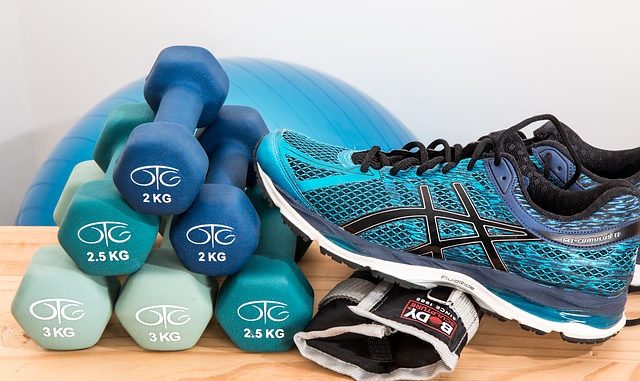
If you lead a sedentary lifestyle where you do not do regular physical activity, then muscle weakness or muscle atrophy as it is known in medical circles will occur.
Likewise, aging is a major factor in this process. This phenomenon leads to the same result – muscle loss. Sadly there is very little we can do to halt a progressive loss although we can do exercise and take supplements to slow it down. Nonetheless it is a key signal that we are getting old (Evans, 1995).
Muscle loss and atrophy is now a major public health concern because with it comes loss of physical function which not only reduces the quality of life but leads to frailty and an early death (Wolinsky et al., 1992; Kyle et al., 2001; Janssen et al., 2004).
Muscle Weakness Or Muscle Atrophy
Muscle atrophy is the decrease in muscle mass and in some cases muscle loss. In other circles it is known as muscle catabolism, withering and muscle wasting. It occurs when the muscles are simply not used or when there is damage and disruption to the nerves which connect to muscle. It often occurs in cachexia, motor neurone disease or with severe viral attacks as in HIV and AIDS. The best way to combat the problem is to exercise and be active in normal everyday activities.
Indeed, office jobs where there is a lot of sitting down is also associated with this situation.
Arthritis
One of the most difficult issues to deal with in arthritis is to continue exercising the joints. Joint pain through arthritis is highly debilitating as it allows muscles to weaken and atrophy. It is a vicious circle for many because the pain prevents physical activity which leads to muscle weakness. However, exercise at least will reverse the impact.
The main conditions associated with arthritis are the following:-
Dermatomyositis
Long-term corticosteroid therapy
Long-term immobilization
Osteoarthritis
Polymyositis
Rheumatoid arthritis
Neurogenic Muscle Atrophy
When nerves connecting to muscles are damaged, they no longer send signals from the brain to the muscle to trigger contraction and produce muscle activity. Without this stimulus the body simply begins breaking down the muscle as it no longer has use for it. To overcome the debilitation caused by this type of atrophy requires artificial stimulation using electrical devices that help to maintain muscle mass and activity.
Disuse Muscle Atrophy
Physical activity not keeps muscle tone it also helps in building and developing muscle mass. Once you stop exercising the body does not need to expend energy in keeping it functioning and so diverts much needed resources elsewhere to other parts of the body.
Dedicated and regular physical exercise like walking or lifting weights or even just general chores will help to maintain muscle use.
In hospitals, it is key for patients to continue exercising even when bed bound simply to ensure the muscle is used.
The Biochemical Basis For Muscle Loss
Muscle loss often occurs with advancing age. At the biochemical level it is the inability of aging muscle to effectively increase the rate of muscle protein synthesis when provided with an appropriate amount of nutrition (Guillet et al., 2004; Cuthbertson et al., 2005). That nutrition might be in the form of amino acids and protein. It can also be unresponsiveness to insulin through diabetes for example or a general resistance due to simple aging (Rasmussen et al., 2006).
References
Cuthbertson, D., Smith, K., Babraj, J., Leese, G., Waddell, T., Atherton, P., … & Rennie, M. J. (2005). Anabolic signaling deficits underlie amino acid resistance of wasting, aging muscle. The FASEB Journal, 19(3), pp. 422-424
Evans, W. J. (1995). What is sarcopenia?. The Journals of Gerontology Series A: Biological Sciences and Medical Sciences, 50(Special_Issue), pp. 5-8. https://doi.org/10.1093/gerona/50A.Special_Issue.5
Guillet, C., Prod’homme, M., Balage, M., Gachon, P., Giraudet, C., Morin, L., … & Boirie, Y. (2004). Impaired anabolic response of muscle protein synthesis is associated with S6K1 dysregulation in elderly humans. The FASEB Journal, 18(13), pp. 1586-1587.
Janssen, I., Shepard, D. S., Katzmarzyk, P. T., & Roubenoff, R. (2004). The healthcare costs of sarcopenia in the United States. Journal of the American Geriatrics Society, 52(1), 80-85.
Leave a Reply